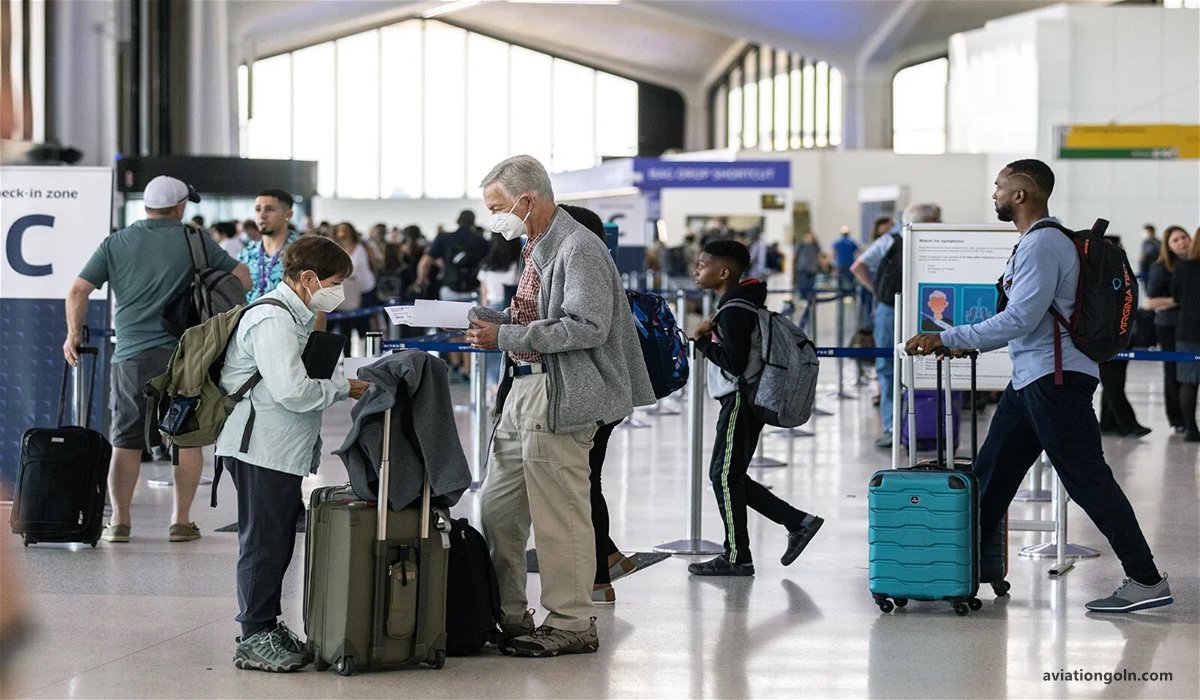Developing an Effective Positioning Strategy: In today’s rapidly evolving global market, companies are constantly seeking ways to differentiate themselves from competitors and build long-lasting relationships with their customers. One of the most powerful tools for achieving this is developing a robust positioning strategy. In the airline industry, where competition is fierce and the margins are thin, positioning and branding can be the difference between soaring high or crashing down. This article will delve deep into the critical aspects of creating an effective positioning strategy for the airline industry.
Developing an Effective Positioning Strategy

Understanding Branding and Positioning
Before diving into the specifics for the airline industry, let’s clarify the concepts of branding and positioning.
Branding is the process of creating a distinct image or identity for a product, service, or company. This image resonates with the customers’ perceptions, emotions, and experiences associated with the brand. In essence, branding is about building a reputation and influencing how the market perceives you.
Positioning is a strategic process that involves defining how you want your target market to perceive your product or service in comparison to competitors. It’s essentially carving out a unique space in the minds of your target audience.

The Importance of Branding and Positioning in the Airline Industry
The airline industry is unlike any other. The core product—air travel—is largely similar across all airlines. What distinguishes one airline from another are often intangibles such as customer service, in-flight experience, safety records, and brand image. This makes branding and positioning crucial.
- Loyalty and Repeat Business: Effective branding can foster loyalty. When passengers have a positive experience that matches the brand promise, they are more likely to fly with the same airline again.
- Premium Pricing: Airlines with strong brands can often command premium pricing, especially if they can differentiate themselves with superior services or amenities.

- Partnership Opportunities: Co-branding opportunities, such as alliances and partnerships with other companies, become more feasible with a strong brand. Think of airlines partnering with credit card companies for frequent flyer miles.
- Crisis Management: A strong brand can act as a cushion in times of crisis. Passengers are more likely to forgive and continue to trust an airline with a robust brand reputation.

Steps to Developing an Effective Positioning Strategy in the Airline Industry
- Understand Your Target Audience: Know who your customers are. What do they value? Is it speed, comfort, affordability, luxury, or punctuality? This understanding will form the foundation of your positioning strategy.
- Identify Unique Selling Propositions (USPs): Determine what makes your airline different and better. Perhaps it’s the extensive route network, in-flight entertainment, gourmet meals, or efficient customer service.
- Analyze the Competition: Understand where competitors are positioning themselves. Is there an unoccupied space in the market you can claim?
- Define the Positioning Statement: Craft a clear, concise, and compelling statement that encapsulates your brand’s promise. For instance, Southwest Airlines’ positioning as the low-cost, fun, and customer-friendly airline has become iconic in the industry.
- Deliver on the Promise: Ensure every touchpoint, from booking to boarding to in-flight experience, resonates with your positioning. If you promise luxury, every aspect, including the check-in process, cabin interiors, and in-flight service, should reflect that.
- Consistent Messaging Across All Channels: Whether it’s through advertising, social media, PR, or on-ground services, ensure the message is consistent. Inconsistencies can confuse customers and dilute your positioning.
- Regularly Review and Adjust: The market, competition, and customer preferences are always evolving. Regularly review your positioning strategy and adjust if necessary.

Case Studies: Branding and Positioning Successes in the Airline Industry
1. Singapore Airlines (SIA): Recognized worldwide for its top-tier services, SIA’s branding revolves around providing an unparalleled travel experience. The iconic “Singapore Girl” embodies the airline’s commitment to service and grace. Their positioning is clear: SIA is where you’ll experience the best in-flight service in the sky.
2. Ryanair: Europe’s leading low-cost carrier, Ryanair has positioned itself as the go-to airline for affordable flights. They have consistently focused on cost-cutting (sometimes controversially) to offer the lowest possible fares. Their brand promise is simple: getting you from point A to B at the lowest price.

Challenges in Branding and Positioning for Airlines
The airline industry faces a unique set of challenges when it comes to positioning:
- Economic Fluctuations: Economic downturns can severely affect the airline industry. During such times, premium or luxury airlines may find it challenging to maintain their positioning.
- Safety Concerns: Incidents, accidents, or negative publicity around safety can quickly erode an airline’s brand equity.
- Rising Costs: Factors like increasing fuel prices can strain airlines, especially those positioned as low-cost carriers.
- Regulations and Geopolitics: Airlines often have to navigate complex regulatory environments and geopolitics which can affect routes, partnerships, and operations.

Branding and positioning in the airline industry are as critical as ensuring the planes are airworthy. In an industry where differentiation is challenging due to the similarity of the core product, the brand becomes the primary driver of customer choice. Whether an airline seeks to position itself as a low-cost carrier, a luxury experience in the skies, or anything in between, ensuring that every aspect of the customer’s experience aligns with that positioning is crucial.
The successful airlines of the future will be those that understand their customers deeply, create a unique and compelling brand promise, and, most importantly, consistently deliver on that promise.
See more:
